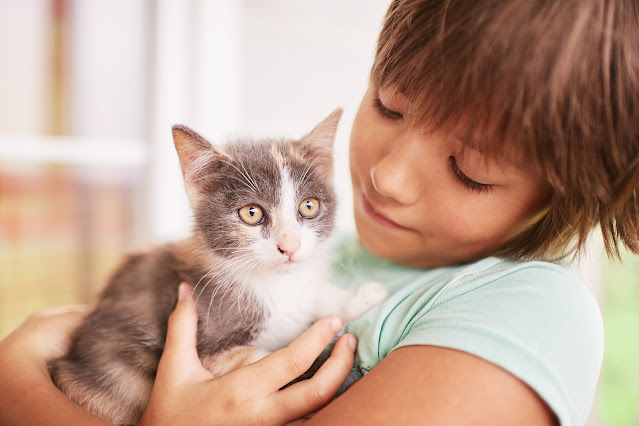Are you thinking about getting your first cat but feel unsure where to start? Cat adoption can seem daunting if you've never owned a feline before. This complete guide offers helpful advice for prospective adopters to select the perfect furry friend and ensure a smooth transition into your home.
What is the Best Cat Age to Adopt?
Kittens (under 1 year old):
- Pros: Easiest to train, bond closely, great for families with children or other pets.
- Cons: Require around-the-clock care like bottle feeding initially. More work than adult cats.
Young Adults (1-3 years):
- Pros: Past crazy kitten phase but still playful. Usually house-trained and less demanding than kittens.
- Cons: Personality still developing so may not reflect fully grown traits.
Adults (3+ years):
- Pros: Personality and needs are fully formed so easier to match with adopters' preferences.
- Cons: Less likely to be adopted than younger cats. May take longer to adjust to new home.
In general, kittens require the most hands-on attention while adult cats can adjust more quickly. However, some older animals in shelters may have already been abandoned once before. Select the age that best fits your lifestyle demands.
What Do You Need When First Getting a Cat?
Essentials include the following supplies:
- Litter box & litter - at minimum 1 box per cat, changed daily.
- Food & water bowls.
- Wet & dry cat food tailored for their age.
- Bed/blankets for sleeping.
- Toys for playtime and stimulation.
- Collar/Tags for identification.
- Grooming supplies like brush, and nail clippers.
- Carrier for vet visits.
Also critical is selecting vaccines like rabies, setting up veterinary care, microchipping for permanent ID, and opening a pet insurance policy. Getting your home prepared with hiding spots, scratching posts, and child/pet gates minimizes stress. Make sure to properly introduce any resident animals.
How to Choose Your New Cat?
Visiting shelters allows for meeting different temperaments to select the purrfect match. Consider:
- Breed traits if purebred and how they suit your lifestyle.
- Age and how it affects needs/demands.
- Energy levels and playfulness for stimulation you can provide.
- Friendliness with strangers and children if present.
- The potential of cat allergies in the home.
- Single pet or social animal preference.
- Grooming needs if long/short-haired cat.
Let potential cats approach you to assess affection levels. Adopting two cats ensures feline companionship when away. Discuss health histories for medical expectations. Most shelters have bios to help choose cats already compatible.
How Long Does it Take for an Adopted Cat to Trust You?
The adjustment period varies but typically takes 4-6 weeks for cats to feel fully settled into a new home environment. Specific timelines:
- First few days- Respect their space, and avoid overhandling until more comfortable. Keep interactions calm and positive.
- Week 1: They may hide often or explore at night when sleeping. Gradually increase play sessions and petting.
- Week 2: Hiding decreases, more interactive but still uncertain, and potentially asking to go outside. Keep them indoors until adjusted.
- Week 3: Playing, following you around, and accepting being held for brief periods shows warming up. Still could flee if scared.
- Week 4-6: Most cats relax, become more explorative and friendly, and Start associating you fully with safety, shelter, and love rather than previous trauma. Now feel truly at home.
With patience and routine, newly adopted cats gradually bond with their new family through this natural adjustment period indoors. Treat them with gentle kindness as they acclimate.
Getting Settled In
Follow these tips to make cats feel secure in their new environment:
- Quiet room/carrier on the first day alone with toys/food/litter
- Small, frequent feedings until less stressed instead of free-feeding
- Keep gates on any unsafe rooms till adjustment complete
- Scratching posts by furniture redirects scratching behaviors
- Slow introductions to resident animals/children
- Regular play, petting, and bonding activities aid comfort level
- Keeping to schedules for meals, litter cleaning aids routine
With preparation, careful selection, and giving time to adjust, adopting a cat ensures you find the purrfect companion to share your home for many happy, healthy years to come.
Adopting a cat is a life-changing decision that requires careful consideration and preparation. By choosing the right cat for your lifestyle, preparing your home, and building trust through patience and positive reinforcement, you can ensure a smooth transition and a strong bond with your new feline companion. Remember, every cat is unique, and the timeline for building trust may vary. Be patient, show love and kindness, and let your cat guide the pace of the relationship. Soon enough, you'll find yourself with a loving and loyal companion who brings immeasurable joy and happiness to your life.

